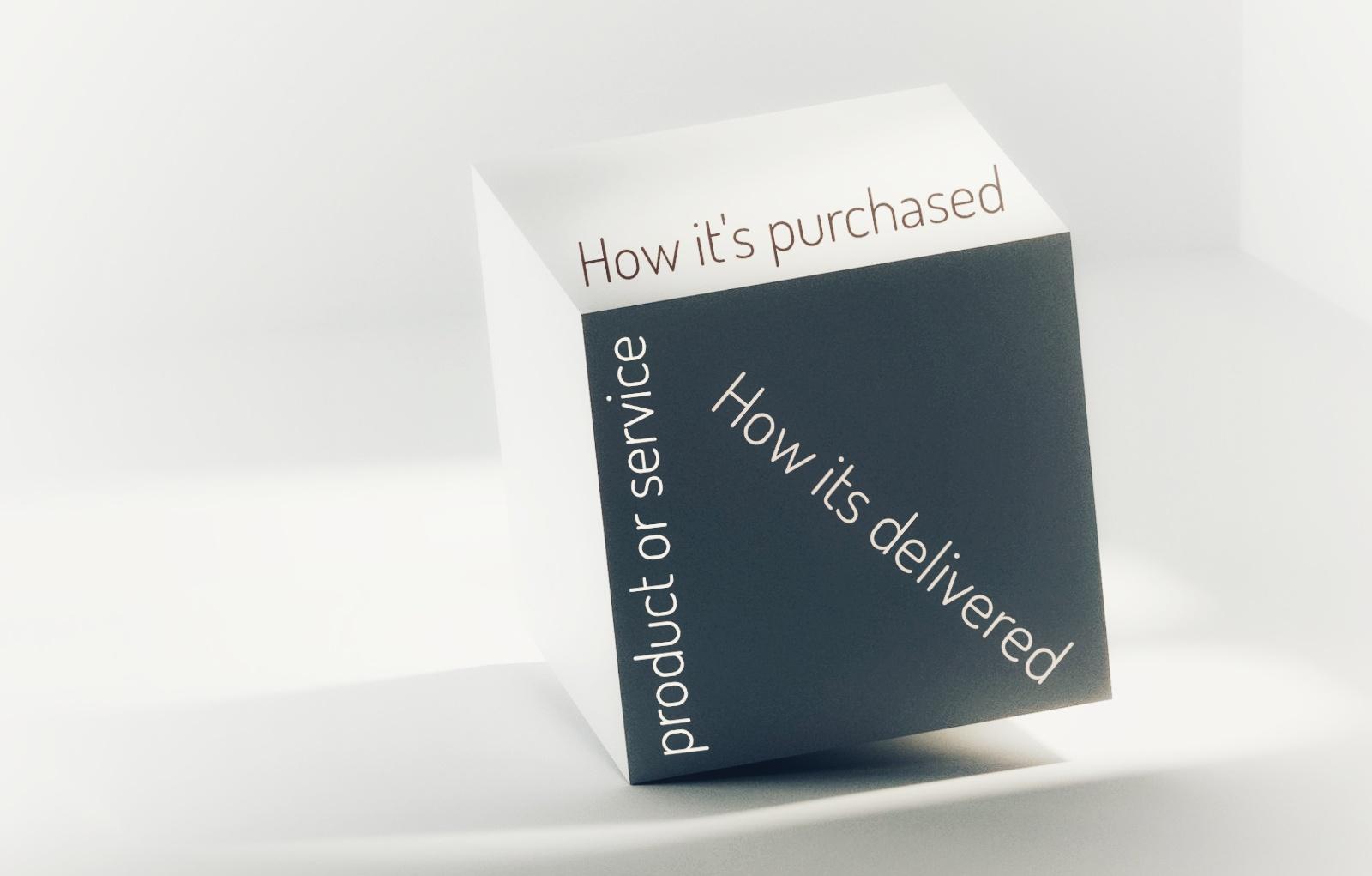
The Industrial Revolution 6.0
The Industrial Revolution
The European Commission has taken a very active role to define Industry 5.0 and it complements Industry 4.0 for transformation of sustainable, human-centric and resilient European industry.
Industry 5.0 provides a vision of industry that aims beyond efficiency and productivity as the sole goals, and reinforces the role and the contribution of industry to society. https://ec.europa.eu/info/research-and-innovation/research-area/industrial-research-and-innovation/industry-50_en
Finnish industry is affected by the pandemic, the fragmentation global supply chains and dependency of suppliers all around the world. Finnish have something called “sisu”. It’s a Finnish term that can be roughly translated into English as strength of will, determination, perseverance, and acting rationally in the face of adversity. That might be one reason why in Finland group of people are already defining Industry 6.0 and also one of the reasons we wanted to share our ideas using blog posts such as:
- Smart and Connected Factories
- Factory Floor and Edge computing
- Industrial data contextualization at scale
- AWS SageMaker Pipelines – Making MLOps easier for the Data Scientist
- Productivity and industrial user experience
- Cloud data transformation
- Illusion of real-time
- Manufacturing security hardening
-
It’s not well defined where the boundaries on each industrial revolution really are. We can argue that first Industry 1.0 was around 1760 when transition to new manufacturing processes using water and steam was happening. Roughly 1840 the second industrial revolution was referred to as “The Technological Revolution” where one component was superior electrical technology which allowed for even greater production. Industry 3.0 introduced more automated systems onto the assembly line to perform human tasks, i.e. using Programmable Logic Controllers (PLC).
Present

The Fourth Industrial Revolution (Industry 4.0) will incorporate storage systems and production facilities that can autonomously exchange information. How to deliverer and purchase any service or product will have on these 3 dimensions two categories: physical and digital.
IoT has a bit of inflation as a word and the few biggest hype cycles are past life- which is a good thing. The Internet of things (IoT) plays very important role to enable smart connected devices and extend the possibility to Cloud computing. Companies are already creating cyber-physical systems where machine learning (ML) is built into product-centered thinking. Few of the companies have a digital twin that serves as the real-time digital counterpart of a physical object or process.
In Finland with a long history of factory, process and manufacturing companies this is reality and bigger companies are targeting for faster time to market, quality and efficiency. Rigid SAP processes combined with yearly budgets are not blocking future looking products and services – we are past that time. There are great initiatives for sensor networks and edge computing for environment analysis. Software enabled intelligent products, new better offerings based on real usage and how to differentiate on market is everyday business to many of us in the industrial domain.
Future
“When something is important enough, you do it even if the odds are not in your favor.” – Elon Musk
World events have pushed industry to rethink how to build and grow business in a sustainable manner. Industry 5.0 is being said to be the revolution in which man and machine reconcile and find ways to work together to improve the means and efficiency of production. Being on stage or watching your fellow colleagues you can hear words like human-machine co-creative resilience, mass-customization, sustainability and circular economy. Product complexity is increasing at the same time with ever-increasing customer expectations.
Industry 6.0 exists only in whitepapers but that does not mean that “customer driven virtualized antifragile manufacturing” could be real some day. Hyperconnected factories and dynamic supply chains would most probably benefit all of us. Some are referring to industrial change same way as hyperscalers such as AWS are doing for selling cloud capacity. There are challenges for sure like “Lot Size One” to be economically feasible. One thing is for sure that all models and things will merge, blur and convergence.
Building the builders
“My biggest mistake is probably weighing too much on someone’s talent and not someone’s personality. I think it matters whether someone has a good heart.” – Elon Musk
One fact is that industrial life is not super interesting for millennials. It looks old fashioned so to have a future professional is a must have. Factory floor might not be as interesting as it was a few decades ago. Technology possibilities and cloud computing will boost to have more different people to have interest towards industrial solutions. A lot of ecosystems exist with little collaboration and we think it’s time to change that by reinventing business models, solutions and onboarding more fresh minded people for industrial solutions.
That is one reason we have packaged kickstarts to our customers and anyone interested can grow with us.
-
Industrial equipment data at scale – Kickstart for factory
-
Manage your fleet at scale – Kickstart for fleet
-
Accelerate cloud data transformation – Kickstart for cloud data transformation
